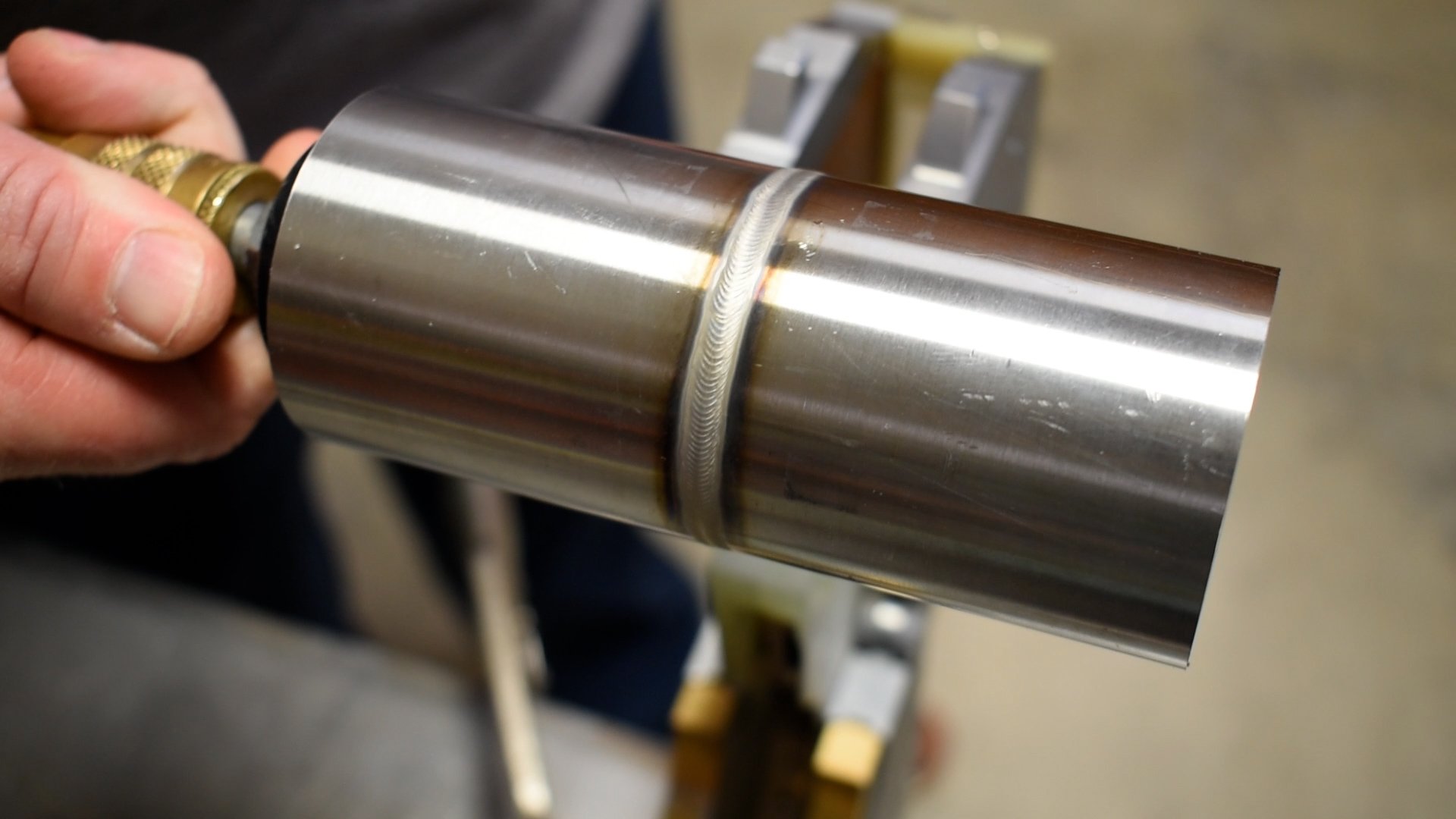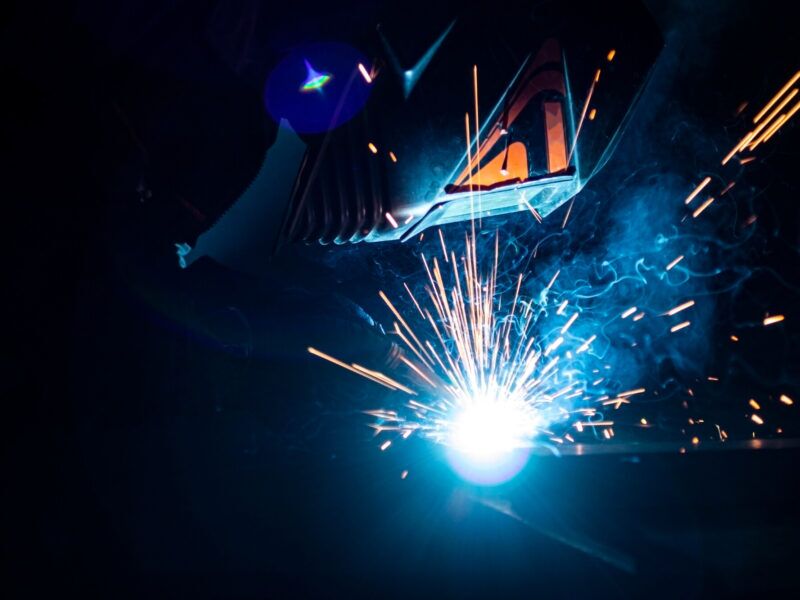Vital Tips for Welders: Protecting Against Undercut Welding and Ensuring Stronger Weld Joints
In the world of welding, attaining durable and strong weld joints is the cornerstone of creating top notch job. One typical difficulty that welders commonly run into is undercut welding, which can endanger the stability of the weld joint.

Understanding Undercut Welding
Undercut welding is an usual welding issue that happens when the weld steel falls short to appropriately fill the groove and leads to a groove-like clinical depression along the weld bead. This problem damages the weld joint, making it at risk to splitting and failure under stress and anxiety. Undercutting can be brought on by numerous elements, including excessive welding existing, high welding rate, incorrect electrode angle, inaccurate electrode size, and bad welding strategy.
Among the primary reasons for undercut welding is an inequality between the welding existing and the welding speed. If the welding current is expensive or the welding rate is as well quickly, the weld steel may not effectively fill the groove, resulting in undercutting. Additionally, making use of an electrode that is also large can lead to a similar end result, as the excess steel can not effectively move into the groove.
To stop undercut welding, welders should ensure they are utilizing the appropriate welding specifications, maintain a suitable electrode angle, select the ideal electrode dimension, and technique correct welding techniques. By attending to these variables, welders can minimize the danger of undercutting and develop more powerful, a lot more dependable weld joints.
Proper Welding Strategy
Effective welding strategy plays a critical function in making sure the high quality and honesty of weld joints. One essential aspect of correct welding method is preserving the proper angle and range between the welding gun and the workpiece.
Furthermore, a consistent and consistent hand activity is essential for developing strong and long lasting weld joints. Welders must go for smooth, consistent activities to make sure also distribution of the weld product. Correct adjustment of the welding gun and filler product is also key to attaining ideal infiltration and blend.
Additionally, regulating the warm input and selecting the appropriate welding specifications based on the material being bonded are crucial consider accomplishing high-quality welds - Preventing weld undercut. Welders should follow the advised setups provided by welding procedure specifications and readjust them as required based upon the particular demands of the task. By understanding appropriate welding methods, welders can significantly improve the strength and reliability of their weld joints
Choosing the Right Electrode
Keeping the right angle and distance between the welding weapon and the work surface is basic when taking into consideration the relevance of picking the appropriate electrode in welding applications. The option of electrode plays an important role in figuring out the quality and strength of the weld joint. Electrodes are available in different types, each designed for certain purposes and materials.
Firstly, picking the suitable electrode diameter is essential. Thinner electrodes appropriate for welding thin click materials, while thicker electrodes are better for thicker products and greater warm applications. Matching the electrode diameter to the thickness of the work surface assists achieve a balanced weld.
Second of all, recognizing the material make-up of the electrode is important. Various electrodes are created for welding particular materials like steel, stainless-steel, aluminum, or cast iron. Using the appropriate electrode product makes certain good fusion and minimizes the threat of problems in the weld.
Lastly, thinking about the welding setting and method is important when choosing the electrode type. For circumstances, certain electrodes are better matched for vertical or overhead welding placements, while others work well for flat or straight settings. Choosing the ideal electrode based on the welding technique click this site boosts the total weld high quality and integrity.
Preparing the Base Steel
To make certain an effective welding process, what initial actions should be taken when preparing the base metal for welding? Furthermore, any type of existing weld product or deposit from previous welding should be gotten rid of to make sure a tidy surface area for the new weld.
Carrying Out Post-Weld Assessments

After performing these analyses, welders should contrast the results versus sector criteria and job demands to make sure that the weld joint satisfies all necessary criteria. Any type of inadequacies or deviations uncovered throughout the post-weld assessment ought to be promptly resolved through suitable corrective procedures to ensure the weld's integrity. By diligently executing post-weld assessments and promptly resolving any kind of concerns, welders can maintain the top quality and dependability of their work, inevitably adding to the safety and durability of the welded frameworks.
Verdict

To conclude, preventing undercut welding and making certain stronger weld joints call for a combination of correct welding technique, picking the appropriate electrode, preparing the base steel correctly, and carrying out post-weld inspections. By comprehending the sources of undercut welding and carrying out the necessary safety measures, welders can generate high-quality weld joints that fulfill market standards and make certain the structural stability of the bonded components.
Undercut welding is a typical welding issue that occurs when the weld steel falls short to properly fill the groove and results in a groove-like depression along the weld bead (Preventing weld undercut). Undercutting can be created by different variables, consisting of excessive welding current, high welding rate, inappropriate electrode angle, incorrect electrode size, and bad welding strategy
One of the major reasons for undercut welding is an inequality in between the welding existing and the welding rate. If the welding current is also high or the welding rate is too fast, the weld metal may not adequately fill the groove, leading to undercutting.Keeping the correct angle and range between the welding weapon and the work surface is fundamental when thinking about the significance of picking the right electrode in welding applications.